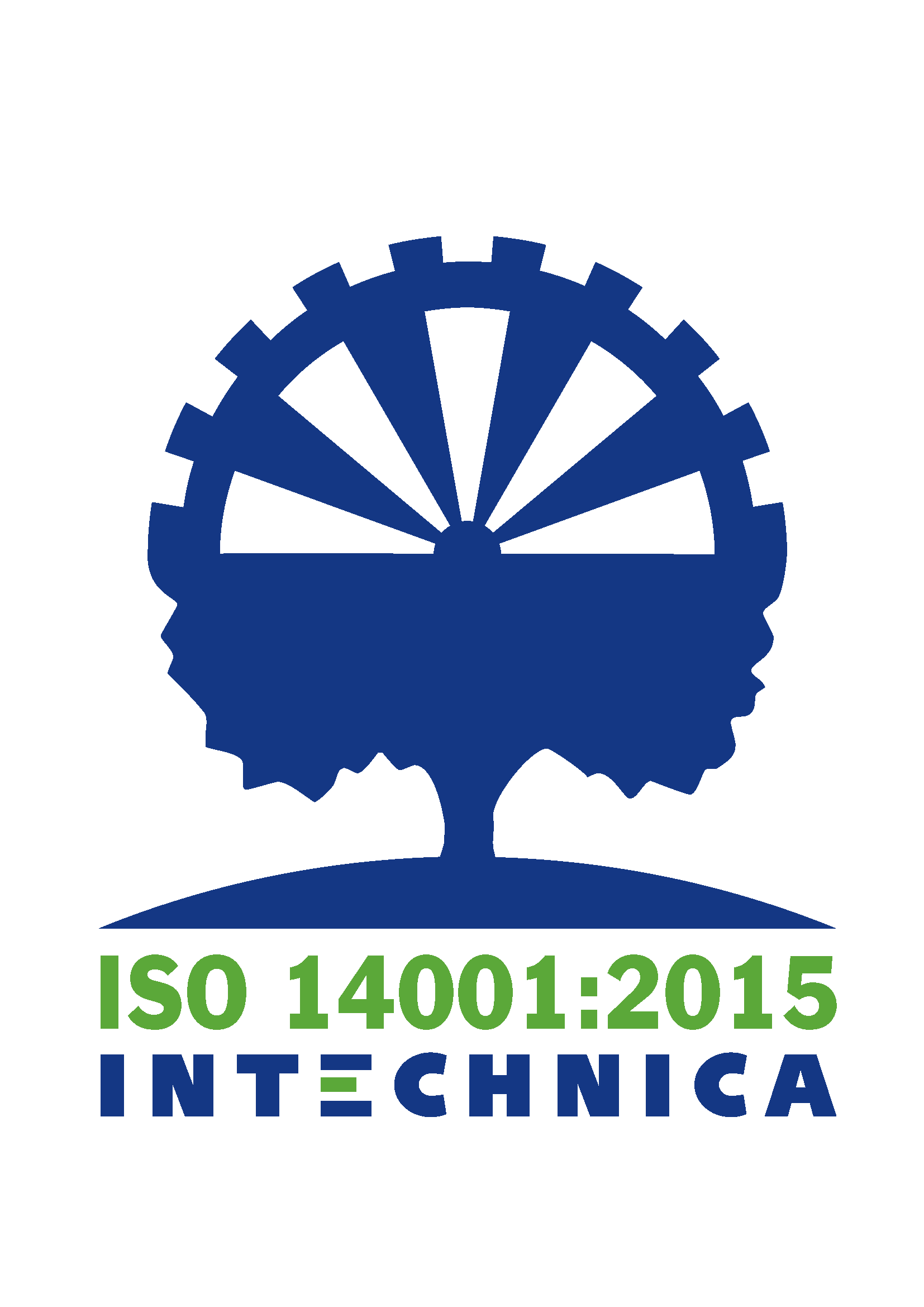Looking for strong tension springs? Look no further! In this article you will learn everything about the fascinating world of tension springs and why they are indispensable in numerous industries. Whether in cars, engineering or household appliances, strong tension springs play a crucial role in maintaining tension and movement.
We will explain how they work, the different types and applications. We will also look at the quality features you should look for when choosing a tension spring. Whether you are an expert looking to deepen your knowledge or a beginner looking to learn more about this fascinating component, this article will provide you with valuable insight and information.
Introduction to strong tension springs
Tension springs are mechanical components that serve to maintain tension and movement. They consist of a wire wound in a spiral that stretches when a pulling force is applied to it. These springs are available in various sizes and styles and are used in a variety of applications.
In most cases, extension springs are made of high quality steel, which provides high strength and durability. They are designed to accommodate a specific pulling force without compromising their form or function. Tension springs are typically cylindrical or conical in shape to ensure optimal performance.
Tension springs are often used in combination with other components to ensure smooth movement and tension in various devices and machines. They are widely used in the automotive industry, where they are used in brakes, clutches and other mechanical systems. They are also used in household appliances such as washing machines, doors and windows, as well as in the aerospace industry.
Function of tension springs
The main function of a tension spring is to absorb a tensile force and maintain that tension. When a tensile force is applied to the spring, it expands and stores potential energy. This stored energy is released when the tension decreases or the spring is relaxed.
The way a tension spring works is based on Hooke’s law, which states that the deflection of a spring is proportional to the force exerted on it. The greater the pulling force, the more the spring is stretched. When the pulling force decreases, the spring returns to its original position.
Tension springs are used in a variety of applications where tension and movement are required. For example, they are used to keep doors and windows open, to operate brakes in vehicles and to close electrical contacts. Their flexibility and resilience make them an important component in many technical systems.
Types of tension springs
There are different types of tension springs that can be selected depending on the application and specific requirements. The most common types of tension springs are:
- The constant force spring: These springs provide constant pulling force throughout the entire range of motion. They are often used in applications where consistent voltage is required, such as vending machines or access control systems.
- Compression springs: These springs have a similar construction to extension springs but are used to absorb compressive forces. They are often used in brakes and shock absorbers.
- Safety springs: These springs are designed to accommodate high tensile force while preventing the load from falling. They are used in applications where safety and reliability are top priorities, such as elevators and cranes.
- coil springs: These springs have a spiral winding and are often used in applications where high pulling force is required, such as in vehicle clutches or industrial machinery.
Factors when selecting tension springs
When selecting extension springs, there are several factors to consider to ensure they meet the needs of the application. Here are some important factors to consider:
- traction: The tension force is the maximum force that a tension spring can absorb before it permanently deforms or fails. It is important to understand the tension requirements of the application and select a tension spring with sufficient tension.
- Material: The material of the tension spring affects its strength, durability and corrosion resistance. Spring steel is a common choice for tension springs due to its high strength and durability.
- Spring construction: The construction of the tension spring influences its performance and characteristics. Constant force springs, for example, have a special winding to ensure a uniform tensile force.
- Environmental conditions: The environmental conditions in which the tension spring is used may affect its performance. High temperatures, humidity or harsh chemicals can affect the lifespan and functionality of the spring.
General Applications of Tension Springs
Strong tension springs are used in a variety of applications and industries. Here are some of the most common uses of extension springs:
- Automotive industry: Tension springs are used in brakes, clutches, accelerator pedals and door mechanisms to provide tension and movement.
- mechanical engineering: Extension springs are used in industrial machines and devices to operate doors, flaps and other moving parts.
- domestic appliances: Tension springs are used in washing machines, dishwashers, doors and windows to ensure their function and movement.
- Aerospace: Extension springs are used in aircraft, satellites and spacecraft to ensure safe tension and movement in various systems.
Measuring tension springs
Correct measurement of tension springs is critical to ensure they meet the requirements of the application. Here are some important steps to keep in mind when measuring extension springs:
- Long: Measure the length of the tension spring from one end to the other when it is in a relaxed state.
- Wire diameter: Measure the diameter of the wire that makes up the tension spring. This value is important for calculating the pulling force.
- turns per inch: Count the number of coils of the tension spring per inch. This value influences the stiffness and tensile force of the spring.
- Endenart: Determine the type of ends of the tension spring, whether they are straight, shaped or hooked.
Tips for maintaining and extending the life of tension springs
To maximize the life and performance of tension springs, you should take some important maintenance measures. Here are some tips for maintaining and extending the life of extension springs:
- Regular inspection: Regularly check the condition of the tension springs to detect signs of wear, deformation or damage.
- lubrication: Lubricate the tension springs regularly with an appropriate lubricant to reduce friction and wear.
- Protection against corrosion: Avoid exposing tension springs to moisture or harsh chemicals to prevent corrosion and deterioration.
- Proper installation: Make sure the tension springs are installed properly and that they are not overloaded or incorrectly positioned.
Troubleshooting common tension spring problems
Various problems can arise when using extension springs. Here are some common problems and possible solutions:
- deformation: If a tension spring loses its shape or deforms, it may indicate overloading or faulty spring design. Check the tension requirements and select an appropriate spring.
- Bruch: If a tension spring breaks, it may be due to material fatigue or high loads. Check the tension requirements and select a stronger spring.
- Sounds: If strong tension springs make noise, it may indicate friction or lack of lubrication. Check lubrication and lubricate springs if necessary.
- Insufficient traction: If a tension spring does not provide the required tension, it may indicate faulty spring design or wear. Check the spring and replace if necessary.
Conclusion: The importance of strong tension springs
Strong tension springs are essential in a variety of industries and applications. They play a crucial role in maintaining tension and motion in mechanical systems. By understanding their function, types and applications, you can choose the right tension spring for your needs.
When selecting extension springs, remember to consider the tension force, material, spring construction and environmental conditions. With regular maintenance and proper installation, you can maximize the life and performance of your tension springs.
Discover the power of tension springs and experience smooth movement and tension in your applications!









Leave A Comment